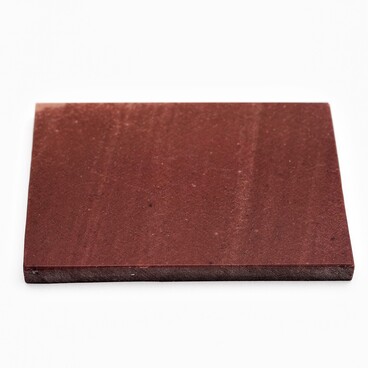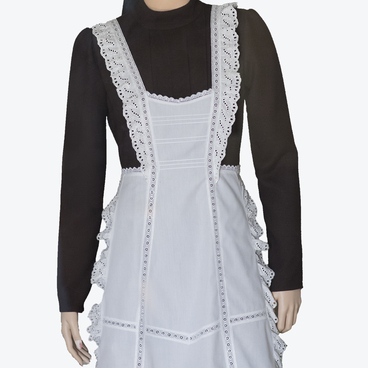Provincial governments — the highest administrative and police institutions in the provinces — played a large role in the system of regional authorities in Russia in 1825–1918. In 1784, due to the creation of the Olonets province, the premises for reception rooms and residences were allocated on the main square in Petrozavodsk. Important documents were kept in safes — one of these is on display at the National Museum of the Republic of Karelia.
The safe is a wooden box with a rectangular lid, in a metal case, it has a double hinge door. The safe is decorated in the Classicism style. There are decorative rosettes and two laurel garlands on the back and front of the case. On the front one can also see the coat of arms of the Olonets province and laurel garlands. The safe is on display in the permanent exhibition section “At the Civil Service. Officials in Petrozavodsk in the 19th — early 20th centuries”.
In Petrozavodsk, there were several dozen high-ranking officials sent or transferred from other provinces. Most of them, not having their own homes in the city, rented apartments from Petrozavodsk residents. The head of the local administration was the governor. He was the chairman of the provincial board — the highest administrative and police institution of the province. It consisted of two parts: the general presence and the office. In addition to the governor, the general presence included a vice-governor, two advisers, a provincial medical inspector, a provincial engineer, a provincial architect and an assessor. The vice-governor, advisers and assessor participated in the board meetings on all matters, and the other members of the presence contributed only on matters related to the construction, land survey or medical department.
The office of the provincial government was divided into five departments, which were headed by advisers. The city administration of Petrozavodsk was headed by the mayor. He was in charge of economic issues — for example, he was responsible for order on the streets and their improvement. Since 1870, the Petrozavodsk City Duma was established — a local self-government body that was supervised by the provincial administration for city affairs with the governor as its head.
The safe is a wooden box with a rectangular lid, in a metal case, it has a double hinge door. The safe is decorated in the Classicism style. There are decorative rosettes and two laurel garlands on the back and front of the case. On the front one can also see the coat of arms of the Olonets province and laurel garlands. The safe is on display in the permanent exhibition section “At the Civil Service. Officials in Petrozavodsk in the 19th — early 20th centuries”.
In Petrozavodsk, there were several dozen high-ranking officials sent or transferred from other provinces. Most of them, not having their own homes in the city, rented apartments from Petrozavodsk residents. The head of the local administration was the governor. He was the chairman of the provincial board — the highest administrative and police institution of the province. It consisted of two parts: the general presence and the office. In addition to the governor, the general presence included a vice-governor, two advisers, a provincial medical inspector, a provincial engineer, a provincial architect and an assessor. The vice-governor, advisers and assessor participated in the board meetings on all matters, and the other members of the presence contributed only on matters related to the construction, land survey or medical department.
The office of the provincial government was divided into five departments, which were headed by advisers. The city administration of Petrozavodsk was headed by the mayor. He was in charge of economic issues — for example, he was responsible for order on the streets and their improvement. Since 1870, the Petrozavodsk City Duma was established — a local self-government body that was supervised by the provincial administration for city affairs with the governor as its head.



